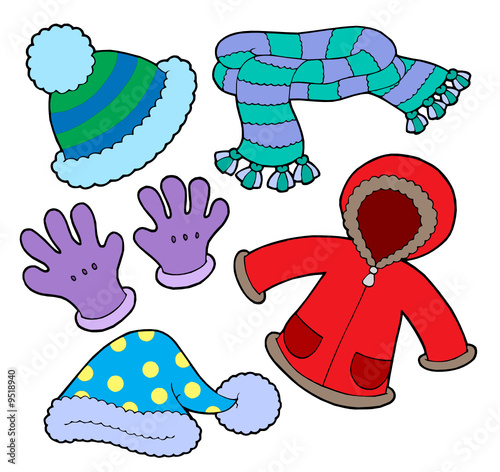2.
- Shivering is a short term, because the muscles shake and warm your body up.
- Having red cheeks and nose is a facultative adaptation, because the skin temperature falls below below 10°C.
- Developmental adaptation would having a larger body mass. People with bigger body mass would stay warmer, I noticed it with my friends and I. One of my friends is really thick and another one is really small; the friend that is small is always cold, even during spring and summer, but the one that is thick, is always hot, she turns on the ac in the middle of winter.
- Clothing is a cultural adaptation because, the warmer the clothes are the warmer you stay. Specially the have certain types of clothes for the cold, such as, pea-coats, scarfs, gloves, and much more.
3. The benefit of studying human variation through environmental clines because we can see how people adapt to certain things, and it uncovers different forms of natural selection. This information can be useful, only to understand why people do certain things and act a certain way.
4. If we were to use race to understand the variations on adaptions, it would be to show how different each race is, and not every one race is the same. It can also show us how they adapted to their environment. I believe that environmental influences is a better way to understand human variation because each race is different, and that more then one race live together. So if different races live together, that means they are adapting to the environment and not who they are. Race does play a part on how we adapt, but it doesn't play a big part.




Great discussion regarding the problem with cold stress. All of your adaptions are accurate except for the facultative trait. Rosy cheeks are a symptom of the facultative response, but not the response itself. Can you identify how our body reacts facultatively to the cold?
ReplyDeleteI really enjoyed reading your discussion! You did a great job showing just how the traits of cold weather. It was very easy to read and understand. I did the same trait, however I feel like yours is alot more simple and to the point. I never thought about the rosy cheeks, which is weird considering it always happens to m in cold weather!:)
ReplyDeleteI really enjoyed your first picture the most, it was really cute. You did a good job with the traits of cold weather. I think its interesting how you used your friend as an example for developmental adaptation.
ReplyDeleteGreat job on the pictures, the chubby mcd boy was adorable. About your developmental adaptation where you use your friends as an example, I have a friend is the opposite. He's pretty skinny and he would love to open up the windows in his room in his apartment even when it's winter. His apartment is located on a pretty high level and his winter is in the place where there would be snow and I have no idea how he could coupe with that.
ReplyDelete